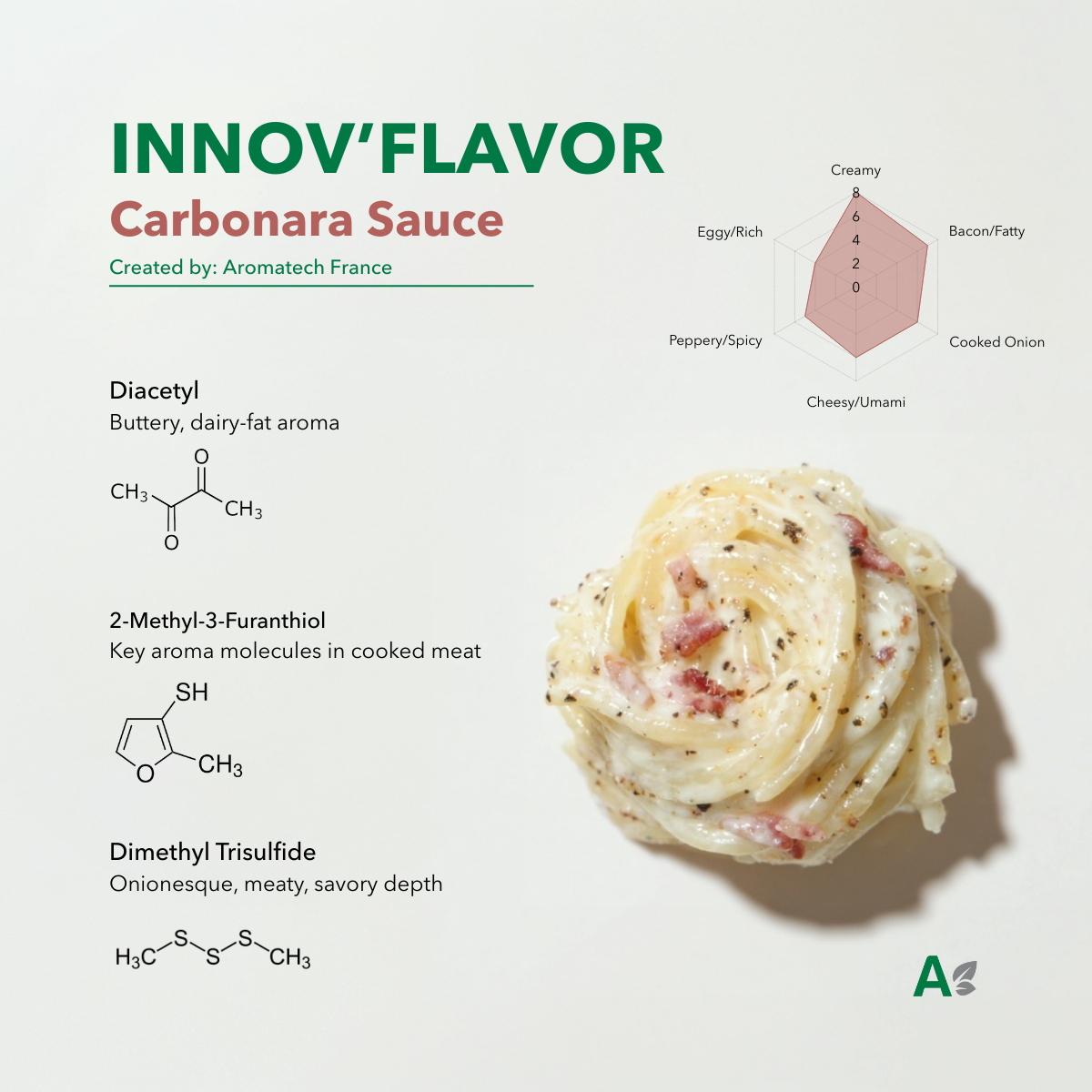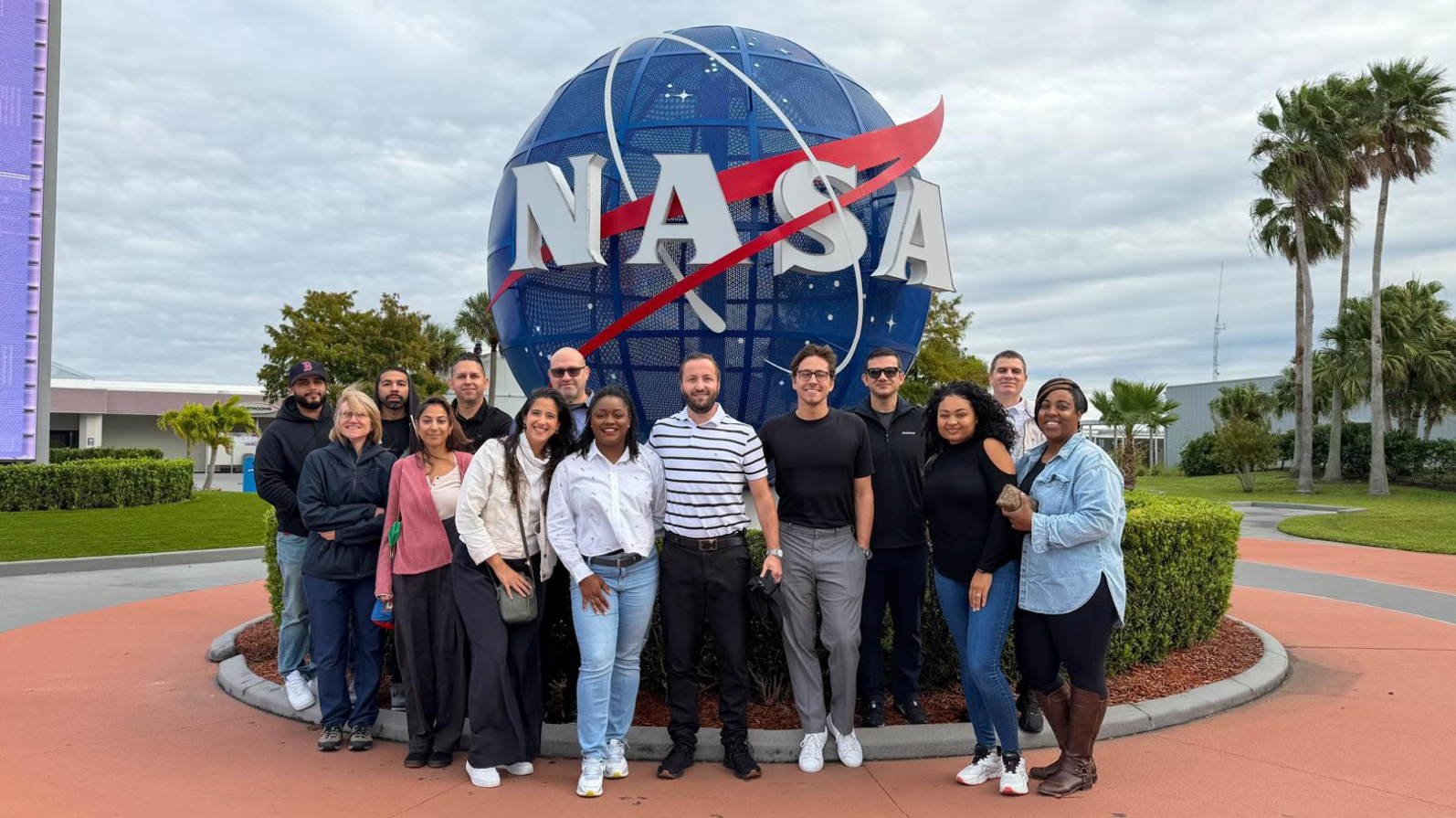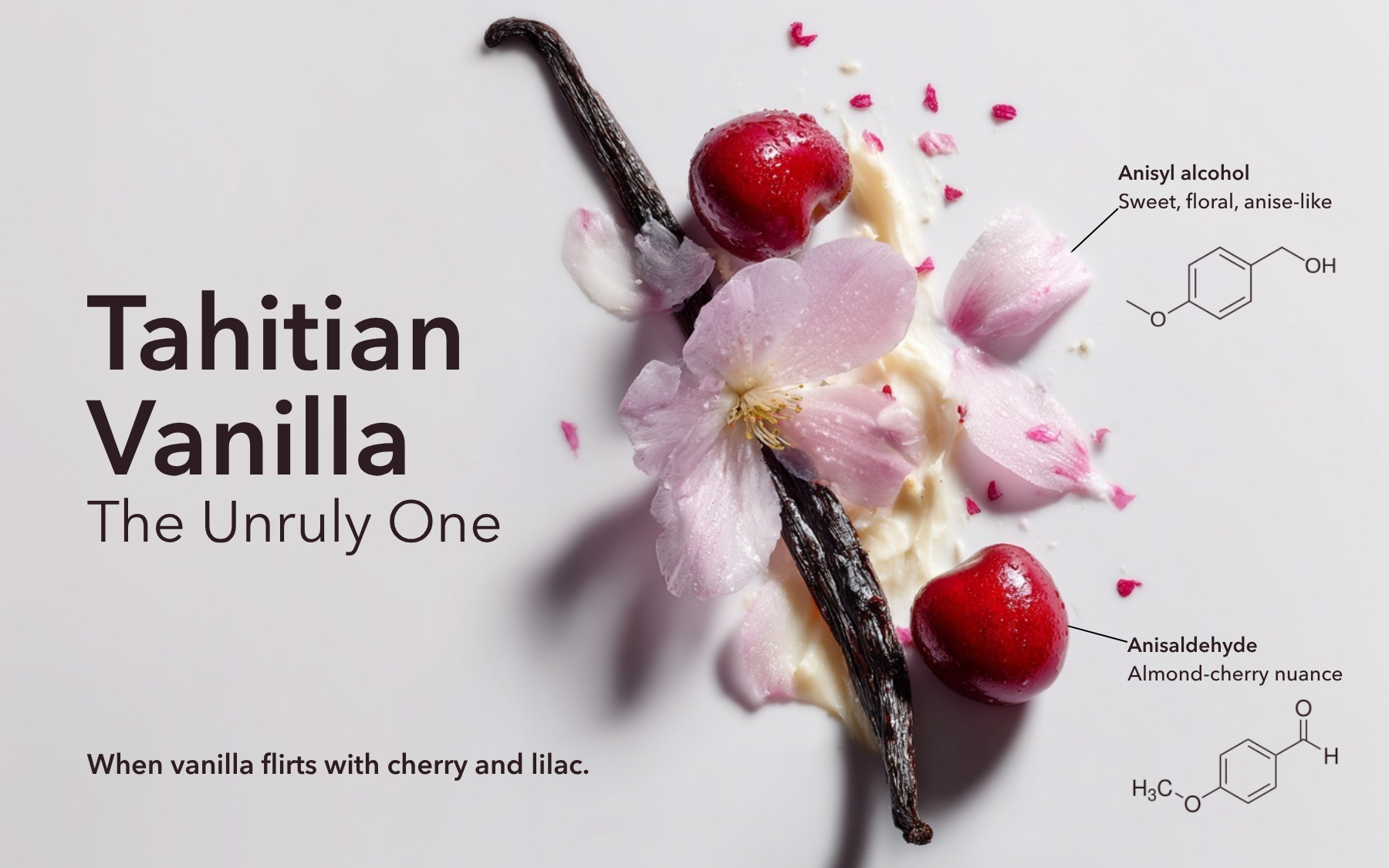Synesthesia is a rare phenomenon where stimulation of one sense triggers an involuntary reaction in another. For some people, a sound might evoke a particular color, or numbers might take on distinct personalities. In the case of synesthetic flavor experiences, individuals taste or perceive flavors in response to colors, sounds, or even textures. This fascinating sensory cross-wiring reveals much about the interconnectedness of our sensory systems and provides a unique perspective on flavor perception.
In this article, we explore how synesthesia shapes taste experiences and what it reveals about the intricate, often hidden, relationships between our senses.
Understanding Synesthesia
Definition and Types
Synesthesia is a neurological condition where one sense involuntarily triggers another. For example, someone with synesthesia might hear a sound and see a specific color, or associate a particular number with a unique flavor. This blending of senses occurs automatically and consistently in the minds of synesthetes, the individuals who experience it.
There are many types of synesthesia, with some of the most common being:
- Grapheme-color synesthesia: Letters or numbers are perceived as inherently colored.
- Chromesthesia (sound-to-color): Sounds evoke the visualization of colors or shapes.
- Lexical-gustatory synesthesia: Words or sounds trigger the perception of taste.
Prevalence and Demographics
Though synesthesia might seem uncommon, research suggests that around 1 in 2,000 people experience some form of it. Interestingly, synesthesia often runs in families and is more frequently reported among women.
The Science Behind Synesthetic Flavor Perception
Neurological Basis
The prevailing theory behind synesthesia involves “neural cross-wiring”—a phenomenon where the brain’s sensory pathways overlap, causing signals meant for one sense to trigger another. This cross-activation occurs in areas of the brain responsible for processing sensory information, such as the parietal and temporal lobes.
Research and Studies
Several studies have explored the neurological mechanisms of synesthesia. For example, brain imaging techniques like fMRI have revealed that synesthetes show increased activity in areas that are typically inactive during non-synesthetic sensory experiences. One groundbreaking study discovered that synesthetes’ brains exhibit stronger connections between different sensory regions, suggesting that their sensory worlds are more integrated than those of non-synesthetes.
Personal Experiences
Anecdotes from Synesthetes
Individuals with lexical-gustatory synesthesia have shared remarkable stories about their experiences. For instance, a synesthete might taste chocolate whenever they hear the word “Tuesday” or experience a citrus flavor when listening to classical music. These associations are often automatic and consistent, adding an extra dimension to everyday sensations.
Impact on Daily Life
Synesthesia can profoundly influence food choices and eating habits. A synesthete might avoid certain foods because the name triggers an unpleasant taste or gravitate toward particular ingredients because of their pleasant sound-flavor associations.
Synesthesia in Culinary Arts
Chefs and Synesthetic Creations
Recently, some chefs have begun embracing synesthesia as a creative tool in their cooking. They incorporate multisensory elements into their dishes, often blending unexpected flavors, colors, and textures to evoke synesthetic experiences. These chefs aim to create a complete sensory experience, where each element of the dish interacts with not just the palate but also the eyes and ears.
One notable example is chef Heston Blumenthal, who experiments with sound, color, and taste to enhance his dishes. His multisensory approach seeks to transport diners to a different realm, using sensory elements beyond just flavor.
Multisensory Dining Experiences
Some restaurants and dining events have taken inspiration from synesthesia to create immersive experiences where sound, light, and even scent are paired with food to heighten the overall tasting experience. Multisensory dining is gaining popularity, with chefs using music and visual cues to enhance or alter the perception of flavor.
Broader Implications
Enhancing Flavor Perception
Understanding synesthesia and its impact on flavor could offer new ways for all of us to enhance our own eating experiences. By thinking about how different senses influence each other, we might pay more attention to the presentation of food, the atmosphere in which it’s consumed, and even the sounds around us during meals. Chefs and food experts are already using synesthetic insights to design more memorable and multisensory dining experiences.
Applications in Food Marketing
Brands and marketers have begun applying synesthetic principles to create more engaging advertisements. By linking certain sounds, colors, and imagery to flavor, companies aim to make their products more appealing. For instance, a soda brand might use familiar sounds and upbeat music in its commercials to evoke feelings of freshness and excitement.
Challenges and Misconceptions
Common Misunderstandings
One common misconception about synesthesia is that it is merely a vivid imagination or an exaggerated metaphor. However, for those who experience it, synesthesia is a real and automatic response that occurs without conscious effort. Additionally, not all synesthetes experience the condition in the same way, as the nature and intensity of the sensory blending can vary widely between individuals.
Sensory Overload
While synesthesia can be a fascinating and enriching experience, it can sometimes lead to sensory overload, especially in environments with too many stimuli. This can make everyday activities like eating in a noisy restaurant or attending a concert overwhelming for some synesthetes.
Conclusion
Synesthetic flavor experiences open our minds to the intricate ways our senses work together. From the fascinating neural basis of synesthesia to its impact on daily life and culinary creativity, exploring this phenomenon reveals just how interconnected our sensory experiences truly are. By understanding synesthesia, we not only learn about unique sensory experiences but also gain insights into enhancing our own.
Suggested Reading:
- The Man Who Tasted Shapes by Richard Cytowic
- Wednesday is Indigo Blue by Richard E. Cytowic and David Eagleman
- The Hidden Sense: Synesthesia in Art and Science by Cretien van Campen
Contact us at americas@aromatechus.com to learn more about our flavoring solutions.



